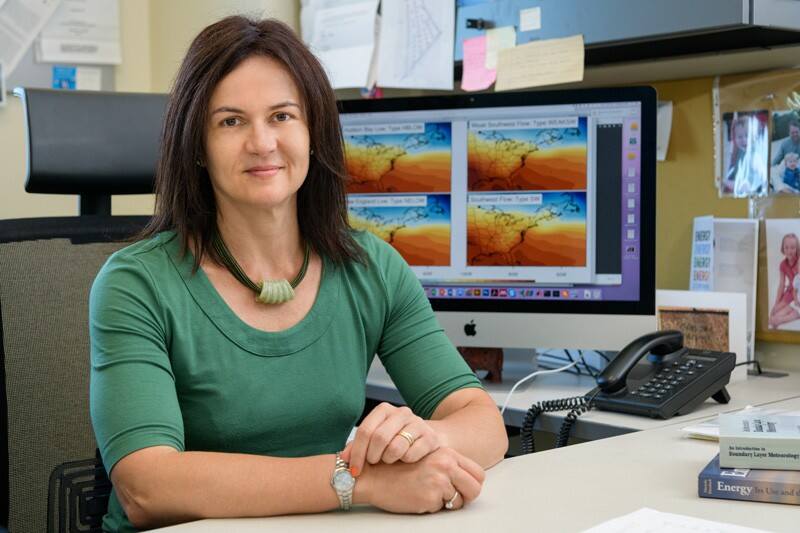Researchers reporting in ACS’ Environmental Science & Technology have estimated that, although so-called environmentally friendly fireworks emit 15–65% less particulate matter than traditional fireworks, they still significantly deteriorate air quality.
Tag: Particulate Pollution

COVID-19 SHUTDOWN EFFECT ON AIR QUALITY MIXED
In April 2020, as remote work and social distancing policies were in place in Delaware and a number of other states, there was a sense the skies were clearer and less polluted with fewer people on the road. But new research from a team led by University of Delaware, Penn State and Columbia University researchers found a murkier picture.

School absences correlate to impaired air quality
In Salt Lake City schools, absences rise when the air quality worsens, and it’s not just in times of high pollution or “red” air quality days—even days following lower levels of pollutions saw increased absences.
Wildfire Smoke May Increase Risk to COVID-19 Infection
Wildfires are becoming more common and severe due to climate change and warmer and drier conditions in the West. As wildfire season rages in the United States, people are also at increased risk for COVID-19 infection due to wildfire smoke.

Greenhouse gas and particulate pollution emissions drive regional drying around the globe
Despite devastating impacts of drought on human and natural systems, the reasons why long-term regional drying occurs remain poorly understood.
Research led by Lawrence Livermore National Laboratory (LLNL) scientists have identified two signatures or “fingerprints” that explain why arid conditions are spreading worldwide, and why the Western United States has tended towards drought conditions since the 1980s while the African Sahel has recovered from its prolonged drought. The research appears in the July 6 edition of Nature Climate Change.